AU
AU, which stands for "astronomical unit", is a unit for measuring distance. One AU is the average distance from the Sun's center to the Earth's center. It is equal to 149,597,871 km (92,955,807 miles).
AUs are often more convenient to use than kilometers when measuring large distances such as those in space. In this case kilometers are just too small - it would be like measuring the distance from Boston to San Francisco in inches. AUs simply make a measurement easier to understand and give you something to compare it to.
For example, Saturn's orbit around the Sun has an average radius of 9.5 AU, which means that Saturn is about ten times farther from the Sun than Earth is. The average distance from the Sun to distant Pluto is about 40 AU. Mercury, the planet closest to the Sun, orbits at an average distance of 0.39 AU.
AUs are generally used for measurements of distances within our Solar System. Distances to stars are much larger, and are expressed in terms of light years. One light year is equal to more than 63,000 AUs. The nearest star, Proxima Centauri, is just over 4 light years away.
You might also be interested in:
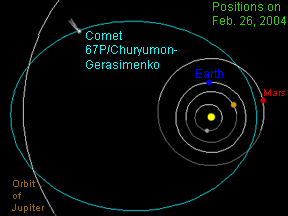
Comet 67P/Churyumov-Gerasimenko was discovered in 1969 by Klim Churyumov and Svetlana Gerasimenko. The comet orbits the Sun once every 6.57 years. Its orbit brings it closer to the Sun than Mars at the
...more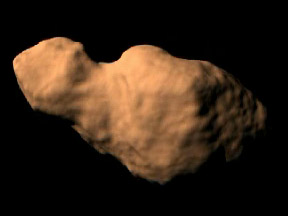
Toutatis is a very odd asteroid. It appears to be two asteroids that are either loosely stuck together, rolling around against each other, or orbiting very close to one another. The orbit of Toutatis crosses
...more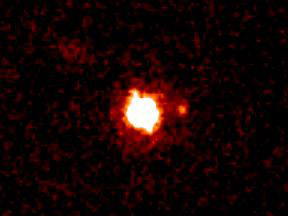
Eris is a dwarf planet that was discovered in 2005. Eris is a trans-Neptunian object (TNO) that orbits the Sun on the frozen fringes of our Solar System beyond the Kuiper Belt. Eris takes 557 years to
...more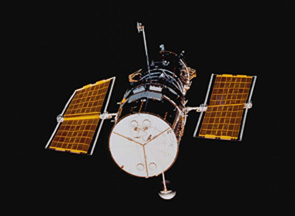
The Hubble Space Telescope (HST) was one of the most important exploration tools of the past two decades, and will continue to serve as a great resource well into the new millennium. The HST is credited
...more
Driven by a recent surge in space research, the Apollo program hoped to add to the accomplishments of the Lunar Orbiter and Surveyor missions of the late 1960's. Apollo 11 was the first mission to succeed
...more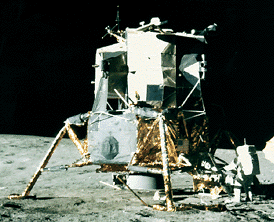
Apollo 12 survived a lightning strike during its launch on Nov. 14, 1969, and arrived at the Moon three days later. Astronauts Charles Conrad and Alan Bean descended to the surface, while Richard Gordon
...more
Apollo 15 marked the start of a new series of missions from the Apollo space program, each capable of exploring more lunar terrain than ever before. Launched on July 26, 1971, Apollo 15 reached the Moon
...more














